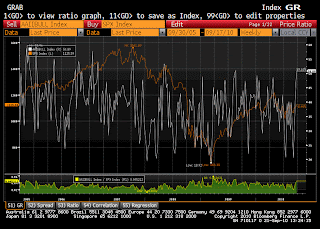At first glance, (although the long and short term bullish support lines are undeniably in tact) this chart does not look particularly bullish. GS is nowhere near its pre-flash crash level of $182.5 and since that decline in April, the bulls efforts to push the share price back up have been thwarted on two occasions now. We had reversals at $155 and more recently at $152.5.
Its not a perfect forming triangle but we are reaching a point where the price should move out of this area. To the downside, look for support at $137.5 and $132.5. If these levels are taken out, that target of $102.5 comes in to play. The mega bearish price target of $32.5 is unactivated and will only become active if the price falls below the bottom of the column of 20 0's (ie filling a box below the $132.5 level). That sort of level sits more comfortably with the Prechter doomsday view of Dow Jones 1,000-3,000. As i've said before, these are just targets that may be achieved, You never know!!
To the upside, we have an unactivated upside target of $182.5. For this to be activated, we need to see the $155 box get filled, which would give a higher column of X's than the previous column of X's.

This was the previous observation on 13th Sept. Note that the shares got beaten down at the previous level of resistance, as denoted by the red oval.

























